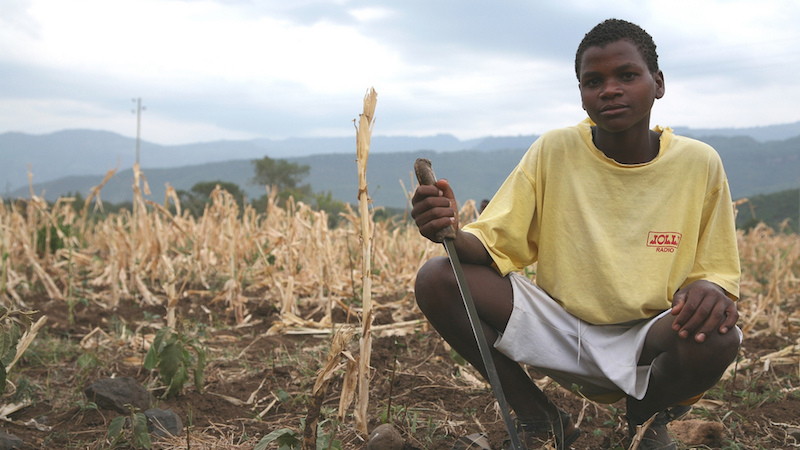Africa needs better early warning systems and disaster funds to prepare for rise in extreme El Niño events, say experts.
El Niño is a weather phenomenon that starts in the Pacific Ocean and has knock-on effects around the world. It has contributed to recent droughts in east and southern Africa.
A study published in Nature Climate Change on Monday found that with 1.5C global warming, the number of extreme El Niño events will double.
Even if temperature rise is stabilised at this level – the aspirational goal of the Paris Agreement – the higher frequency of El Niños will continue for up to a century, models showed.
Climate experts advise African countries must be prepared for more drought and floods.
Richard Ewbank, global climate advisor at Christian Aid, said this should involve forecast-based warnings 6-12 months in advance, backed up by early action funds.
Otherwise, he said, crop failures will turn into full-scale emergencies, requiring “a much more expensive humanitarian response”.
The international community should support African governments in this, he added. “The main call would be for the international climate funds such as the Green Climate Fund to take the initiative here.”
Kenya’s food crisis
Drought raises prices and political tensions
‘With this kind of farming, I only make a loss’
The Intergovernmental Authority on Development Climate Prediction and Applications Centre (ICPAC) advises African countries to take climate predictions such as this study seriously to prevent disasters.
Philip Omondi, ICPAC climate information expert, said scientists can typically predict El Niño six months in advance, but that knowledge is not being used.
“Predictions by scientists have been accurate in the past few years but in Africa there is a lack of goodwill by decision makers to take early action,” Omondi told Climate Home.
Africa is still recovering from an exceptionally strong El Niño event in 2015/16 that left at least 36 million Africans hungry.
Each region is affected differently, said Omondi. “An El Niño results into floods in some parts of East Africa and drought in the northern sector… However, southern Africa experiences drought during an El Niño.”
The reverse of El Niño, La Niña, is also expected to intensify with global warming, bringing a different set of impacts.
